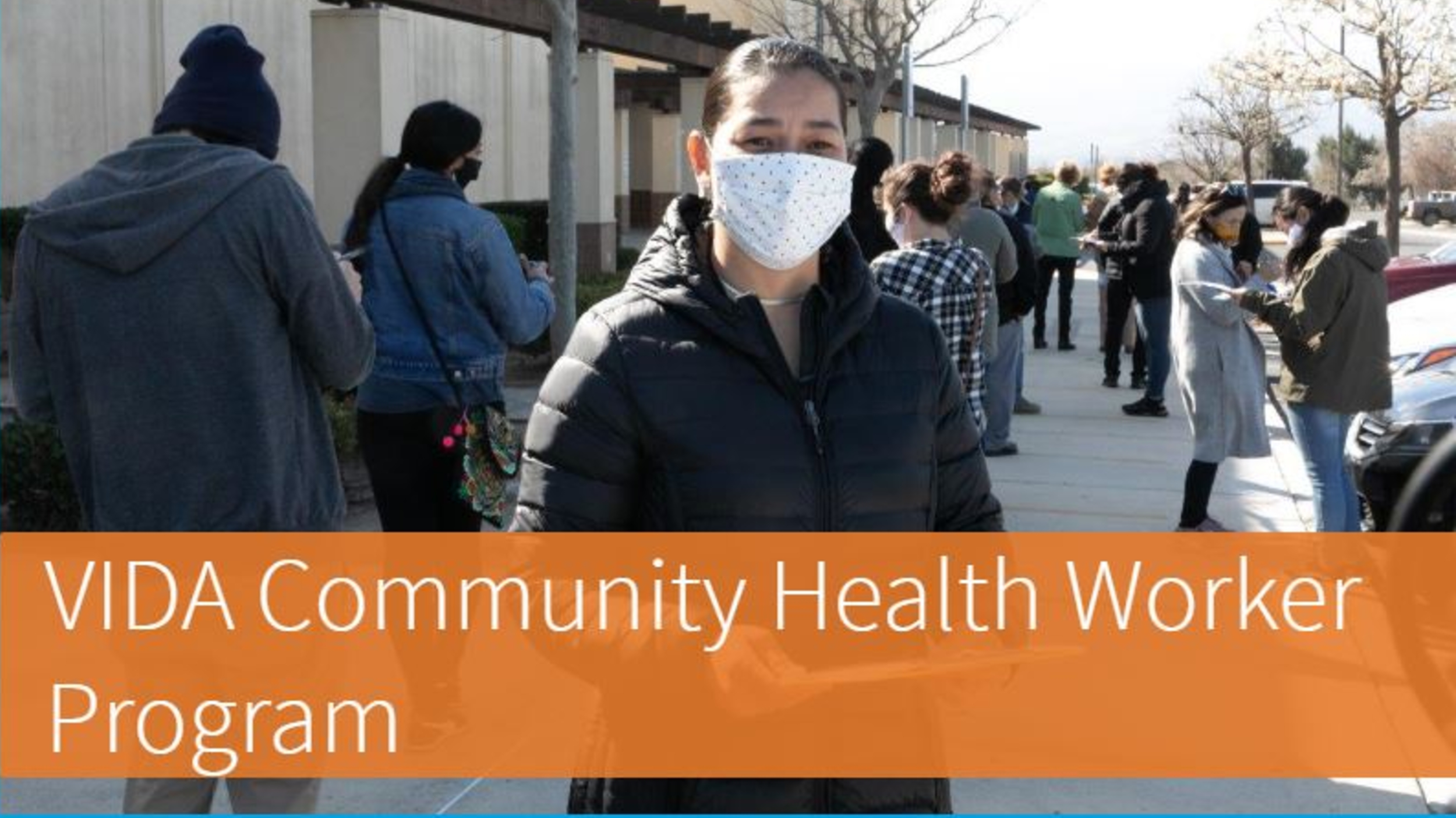
In the News
Grassroots Effort Helping Thousands in Monterey County Hit Hard by the Pandemic
- Monterey Herald
-
Focus Areas
Communicable Disease Prevention -
Issues
Rural Health -
Programs
Together Toward Health -
Strategic Initiatives
COVID-19
A $5 million program launched through a collaboration among government agencies and nonprofit groups is bringing vital information and assistance to many underserved people in Monterey County.
Called the Virus Integrated Distribution of Aid, or VIDA, the program is reaching 7,000 people a month and providing critical information on COVID-19 protocols in English, Spanish and several indigenous languages like Triqui, Zapoteco and Mixteco that many migrant farmworkers speak.
The Monterey County Health Department, the Community Foundation for Monterey County and Rosemary Soto with the county administrative office are forging the effort and coordinating with 10 area nonprofit groups to provide information to populations hardest by the pandemic.
“Our health outreach workers give services to those families who need it the most,” said Luis Alejo, the Monterey County supervisor representing District 1. “We fought so hard to make sure that our essential farmworkers got the vaccinations they deserve to be protected and protect their families because they put food on the tables of millions of Americans across our nation.”
The county granted money to the Community Foundation which in turn granted funds to 10 community-based organizations to hire and equip their teams of health workers. The program is also supported by a $300,000 grant from Together Toward Health, a program of the Public Health Institute, through funding from a group of philanthropic organizations, and the David and Lucile Packard Foundation.
Krista Hanny, the planning, evaluation and policy manager for the county Health Department, said the agency has trained more than 100 community health workers to deliver information about the importance of COVID-19 testing and vaccinations, and assist community members with access to resources.
Training for the health workers includes the fundamentals of COVID-19, and patient isolation and quarantine protocols so they can provide individuals with any number of resources to help them wade through some of the complexities of treatment, testing and technology to keep those communities safe and limit transmission of the virus.
The workers are bilingual and most of them are from the communities they serve, Hanny said. Their primary roles are to educate and convey information to individuals and families. They are at testing sites to assist people through the process, and they can connect people with critical resources.
“As a leader that organized to make this project a reality, I feel proud to now be a community health worker,” said Adriana Santana with Mujeres en Acción. “I like to hear the needs of families and be able to do something. I have helped families by delivering food and making appointments for tests and vaccines. I have seen the happiness of the families when they receive support.”
Many of the farmworkers, Hanny said, are struggling with food insecurity because of the time between the last harvest and the first spring planting where no income was coming in. So the health workers can connect them to resources such as Meals on Wheels or food banks. Workers can also connect residents to housing or renter assistance.
Originally published by Monterey Herald
More Updates
Work With Us
You change the world. We do the rest. Explore fiscal sponsorship at PHI.
Support Us
Together, we can accelerate our response to public health’s most critical issues.
Find Employment
Begin your career at the Public Health Institute.




